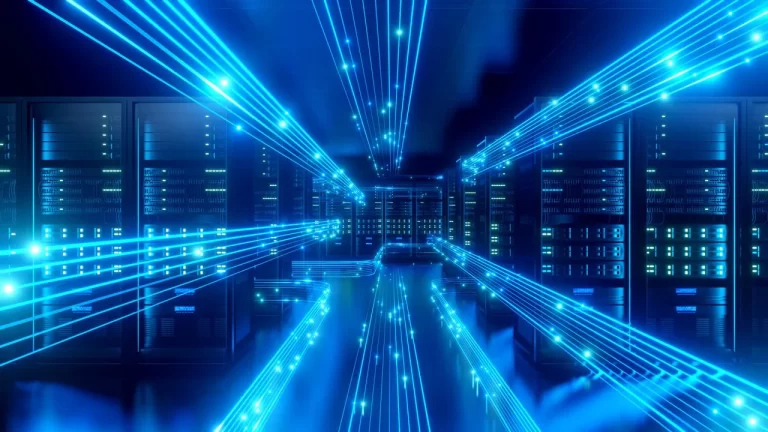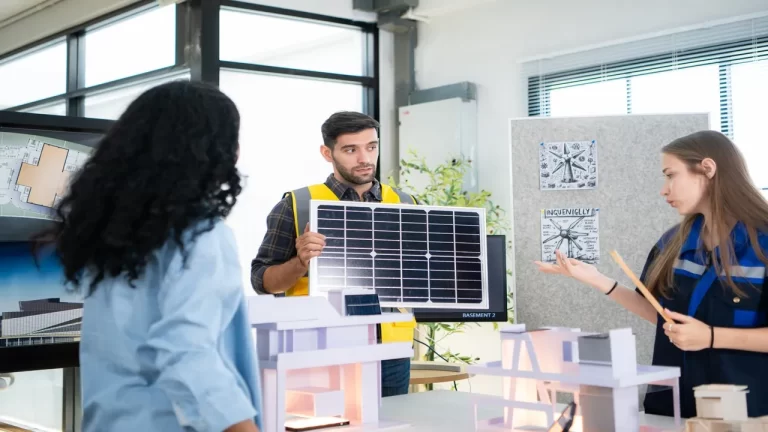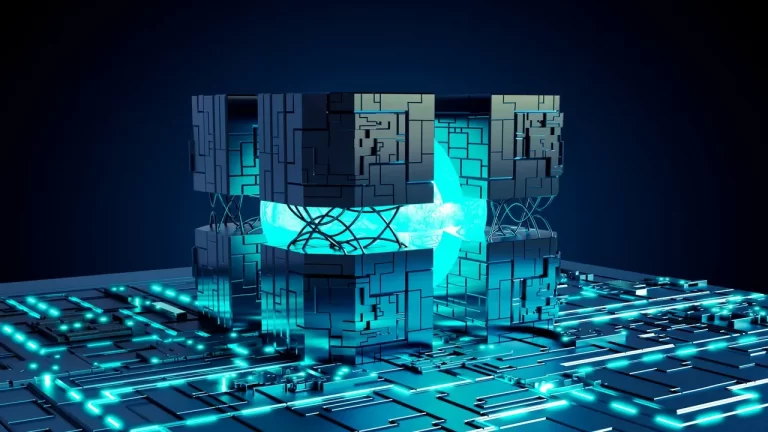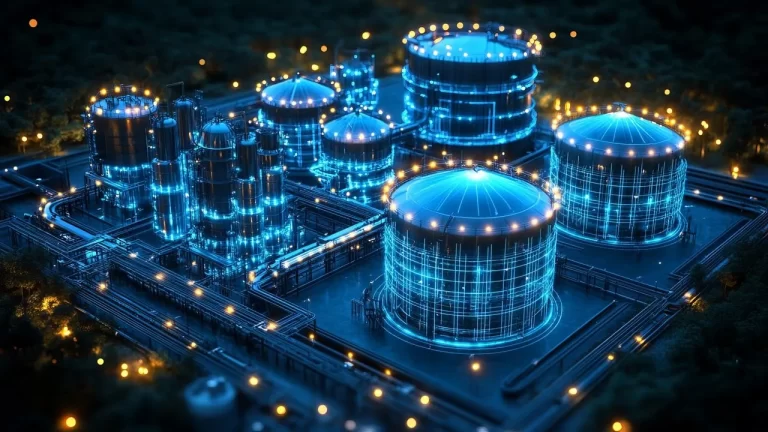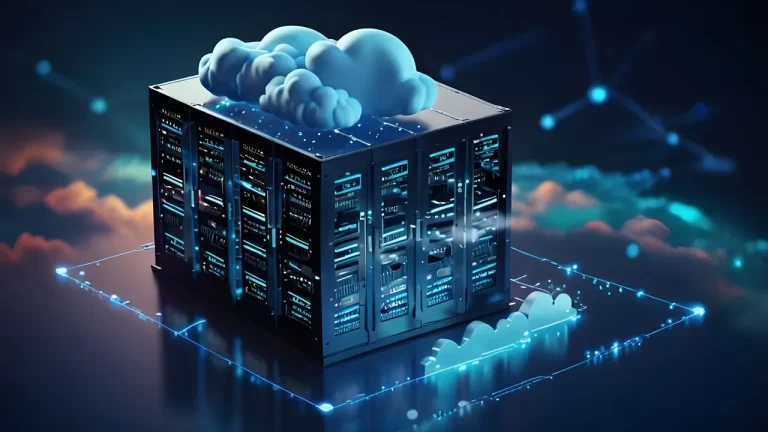Data centers help to keep the Internet up with the services we know and love. Unfortunately, they also burn too much energy and have unquantified CO₂ emissions, leading to multiple environmental problems. Data centers used to heavily depend on fossil fuels for their operation. In recent years, the industry has turned to “green buildings,” which seek to lessen their impact on the environment by using wind and solar energy as well as sustainable materials.
This shift is borne out of government incentivization to reduce carbon pollution but also an imperative from stakeholders to be socially responsible. In light of the attention given to climate change, green measures also address the issues mentioned. Environment-friendly businesses attract customers and investors who believe in sustainability.
Understanding the Shift: From ‘White Space’ to Green Buildings
White space is the space in a data center that can be used to host IT equipment, such as servers. Historically, data centers have been optimized for these spaces, ensuring efficiency while also reducing costs. As sustainability gained more traction, this paradigm quickly shifted from optimizing just IT equipment to optimizing the energy use and materials of the whole building. Nowadays, data centers are integrating renewable energy like solar or wind in place of fossil fuels.
Beyond energy consumption, the physical structure of data centers is being redesigned. Modern data centers utilize recycled and recyclable materials, significantly cutting down the environmental footprint of their buildings. Green building practices are enhancing energy efficiency as well, including improved cooling systems that decrease the reliance on conventional air conditioning.
The Importance of Green Certifications
Many data centers now follow the pursuit of LEED green certifications to match their environmental practices with international standards. LEED operates worldwide as a sustainability standard for building with environmentally friendly practices. Most data centers must meet high standards for energy efficiency together with waste reduction requirements and the use of sustainable materials.
Two leading technology giants Microsoft and Google, have adopted standards for their data facilities to prove their dedication to environmental conservation. Data centers show environmental dedication through LEED and equivalent certification processes to implement efficient practices for lowering their carbon emissions. Through these certifications, data centers gain improved systems to monitor their power consumption together with waste generation and environmental effects.
Balancing Costs with Environmental Benefits
The implementation of green practices through building energy-efficient renovations or sustainable construction initially creates financial strain on society. Sustainable technologies that need significant initial spending form a major part of green practice implementation. Green adoption practices create long-term savings benefits. Using renewable energy helps decrease energy expenses alongside the stabilization of fossil fuel market prices, whose rates tend to increase and decrease.
Over time, savings and energy production standards gained from renewable energy and efficient design practices justify the higher initial costs. Green buildings present cost-efficient operating expenses because of their energy-efficient design. The decreased environmental impact of a company creates brand benefits that attract sustainability-conscious consumers. Despite the high cost of implementing green data centers, once factored with the long-term savings and environmental benefits, it creates a strong reason to invest.
Industry Collaboration for Sustainable Change
Transitioning to green data centers is not something that organizations alone can undertake. The opportunity to fully realize sustainability in the data center sector necessitates a helping effort from all parties. Operators, designers, investors, and policymakers are all invested in sustainability. Operators of data centers are increasingly switching to renewable energy while designers have created cooling systems that are energy-efficient, and they are utilizing sustainably produced materials in construction.
New projects receive financial support from investors, which hastens the production of environmentally friendly data centers. Governments participate in sustainable practice promotion through programs that provide data centers with incentives and tax benefits for their adoption of environmentally friendly practices. Leading firms receive motivation to invest in sustainable solutions from new energy usage and carbon emission limits that nations worldwide are implementing. The larger data center sector benefits from teamwork to advance sustainability goals so older data center assets can transition faster into environmentally friendly operations.
Setting a Sustainable Example
As needs for data centers rise, operators are encouraged to lead the way in sustainability practices. Improving environmental responsibility for companies demonstrating sustainability will be impactful for the entire ecosystem. For example, Project Natick which was an effort by Microsoft to develop submerged data centers to be powered by renewable forms of energy, brought about innovative thought around sustainability in data centers.
While Microsoft has shelved the project for now, it uncovered the idea that renewable sources of energy and data centers can be interconnected and moved forward research in underlying technologies toward scalable options for sustainability. When organizations have decide to pursue sustainability, this has a ripple effect motivating change in other organizations to follow suit. The organizations making strides to improve sustainability will positively impact environmental change and set an example for other data centers to build more resilient organizations to sustain regulatory requirements and use processes more efficiently in terms of energy consumption.
Data centers will reduce their environmental impact while also contributing to the development of a digital infrastructure that is more long-lasting for the future by following green building best practices. While also contributing to businesses, businesses can positively alter their brands and image, global environmental improvement, and establish precedents for all of their organizational stakeholders by acting as sustainability-focused organizations. Leadership in sustainability is crucial for changing data centers toward more sustainable and responsible futures.


